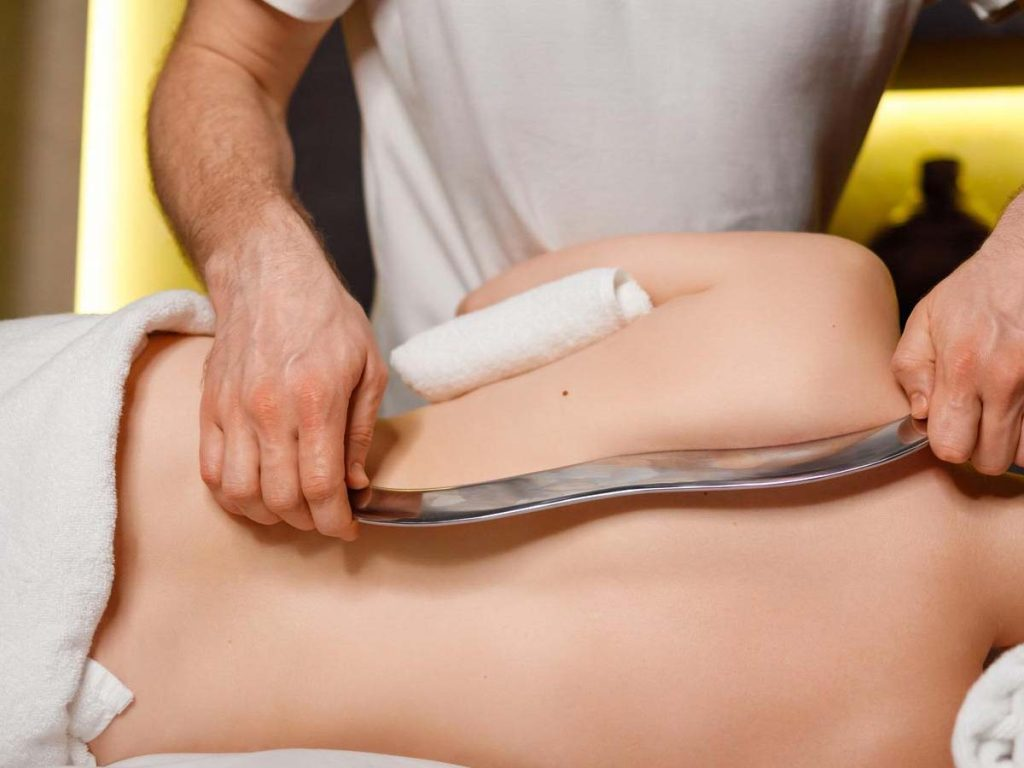Soft Tissue Mobilization
Overview of Soft Tissue Mobilization
Soft Tissue Mobilization (STM) is a therapeutic technique used by physical therapists and other healthcare professionals to treat and manage issues related to muscles, tendons, ligaments, and other soft tissues. The primary goal of STM is to improve tissue mobility, alleviate pain, reduce muscle tension, and enhance overall function.
Principles of Soft Tissue Mobilization
- Assessment: Evaluating the affected soft tissues to identify areas of restriction, pain, or dysfunction.
- Technique Application: Using various manual techniques to address the identified issues, including stretching, pressure, and manipulation of the soft tissues.
- Functional Improvement: Enhancing range of motion, reducing discomfort, and promoting healing through targeted mobilization of soft tissues.
Types of Soft Tissue Mobilization
Massage Therapy
- Overview: Involves the use of hands to apply pressure and manipulate the soft tissues.
- Types:
- Swedish Massage: Uses long, flowing strokes to promote relaxation and improve circulation.
- Deep Tissue Massage: Targets deeper muscle layers to release chronic tension and improve flexibility.
- Sports Massage: Focuses on specific muscle groups to enhance athletic performance and recovery.
Myofascial Release (MFR)
- Overview: A technique that targets the fascia, a connective tissue surrounding muscles and organs.
- Types:
- Direct Myofascial Release: Applies sustained pressure to restrictive areas of fascia to release tension.
- Indirect Myofascial Release: Uses gentle, indirect pressure to allow the fascia to release naturally.
Trigger Point Therapy
- Overview: Targets specific points within muscles known as trigger points, which can cause referred pain.
- Types:
- Ischemic Compression: Applies direct pressure to trigger points to reduce pain and muscle tightness.
- Dry Needling: Uses thin needles to stimulate trigger points and relieve muscle pain.
Graston Technique
- Overview: Uses specialized instruments to detect and treat soft tissue restrictions and scar tissue.
- Types:
- Instrument-Assisted Soft Tissue Mobilization (IASTM): Employs stainless steel tools to break down fascial restrictions and promote healing.
Active Release Technique (ART)
- Overview: Combines precise palpation with patient movement to release tight soft tissues and restore normal function.
- Types:
- Specific ART: Targets specific muscles or muscle groups to address issues such as muscle adhesions or restrictions.
Cupping Therapy
- Overview: Involves placing cups on the skin to create suction, which promotes blood flow and relaxation of soft tissues.
- Types:
- Dry Cupping: Uses suction alone without any skin puncturing.
- Wet Cupping: Involves small skin punctures before applying the cups to enhance detoxification.
Strain-Counterstrain
- Overview: Involves positioning the body in a way that shortens and relaxes restricted muscles, followed by gentle pressure to release tension.
- Types:
- Positional Release: Positions the body to relieve muscle pain and improve function.
Rolfing
- Overview: A form of structural integration that focuses on aligning and balancing the body’s soft tissues.
- Types:
- Rolfing Structural Integration: Uses deep tissue manipulation to improve posture and movement patterns.
Fascial Stretch Therapy (FST)
- Overview: Involves assisted stretching to improve the flexibility and elasticity of the fascia and muscles.
- Types:
- Active Stretching: Utilizes both passive and active movements to enhance flexibility and range of motion.
Soft Tissue Release (STR)
- Overview: Combines stretching and manual pressure to release tight muscles and improve function.
- Types:
- Static Release: Applies sustained pressure while the muscle is stretched.
- Dynamic Release: Uses movement and pressure to address soft tissue restrictions.
Soft Tissue Mobilization is a versatile and effective approach for treating various musculoskeletal issues. The choice of technique often depends on the specific condition being addressed and the individual needs of the patient.

